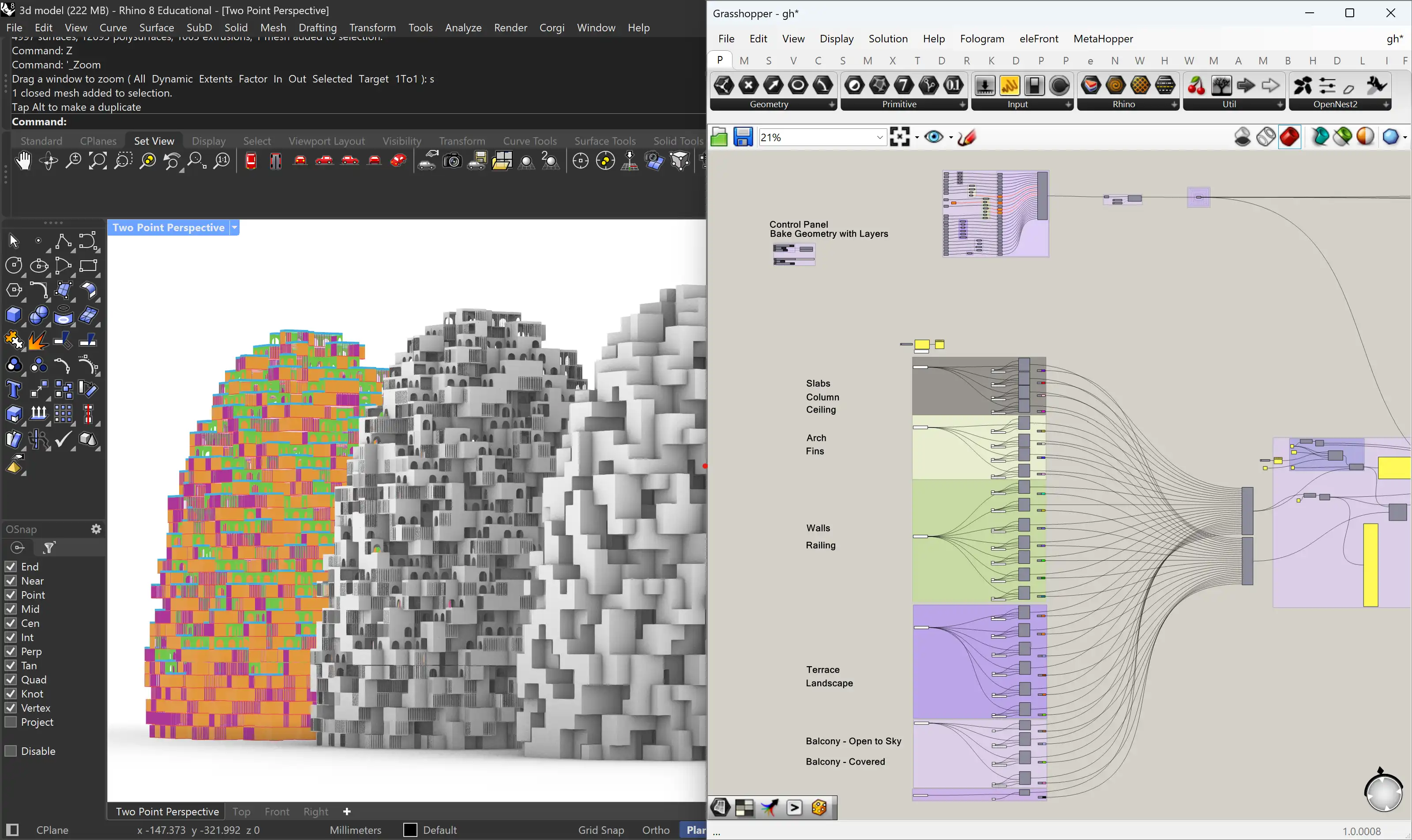
In an age where architecture is increasingly intertwined with technology, few tools have had as transformative an impact on design thinking as Grasshopper3D. A visual programming language and plugin for Rhinoceros 3D, Grasshopper enables designers to engage with geometry not just as form but as a consequence of data, logic, and relationships. But beneath the smooth curves and intricate facades it helps generate lies a crucial, often overlooked foundation: data structures.
Understanding these data structures, lists, trees, branches, and paths is the key to unlocking Grasshopper’s full potential. More than a mere technical nuance, they are the silent grammar behind the language of computational design. And when paired with design automation, they form a powerful alliance that’s rapidly reshaping workflows in architecture, engineering, and beyond.
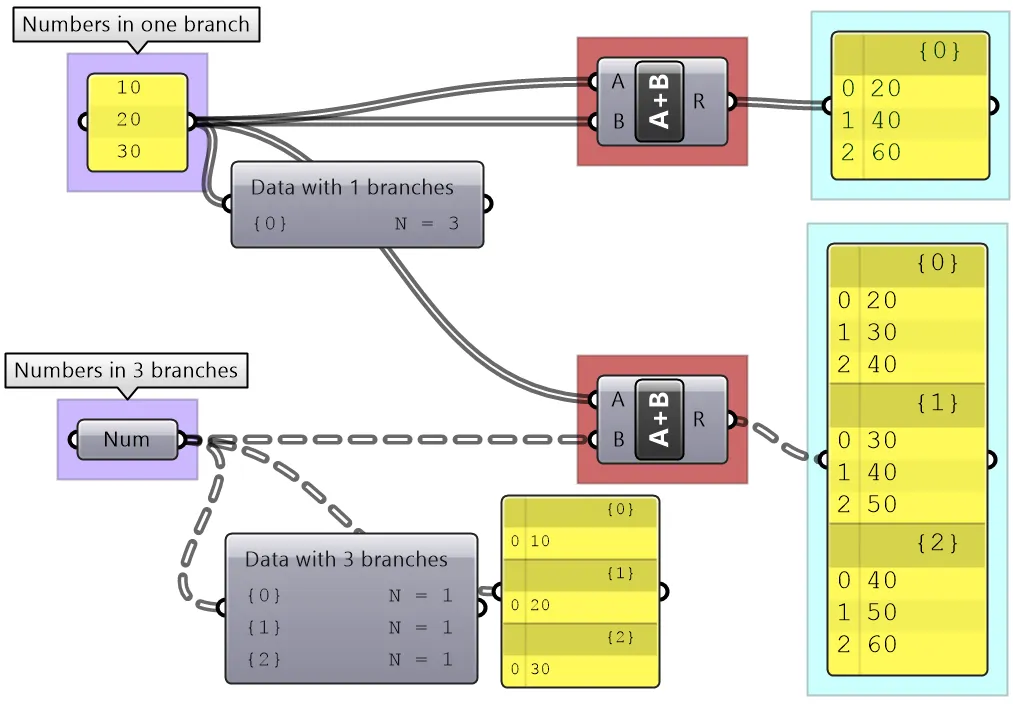
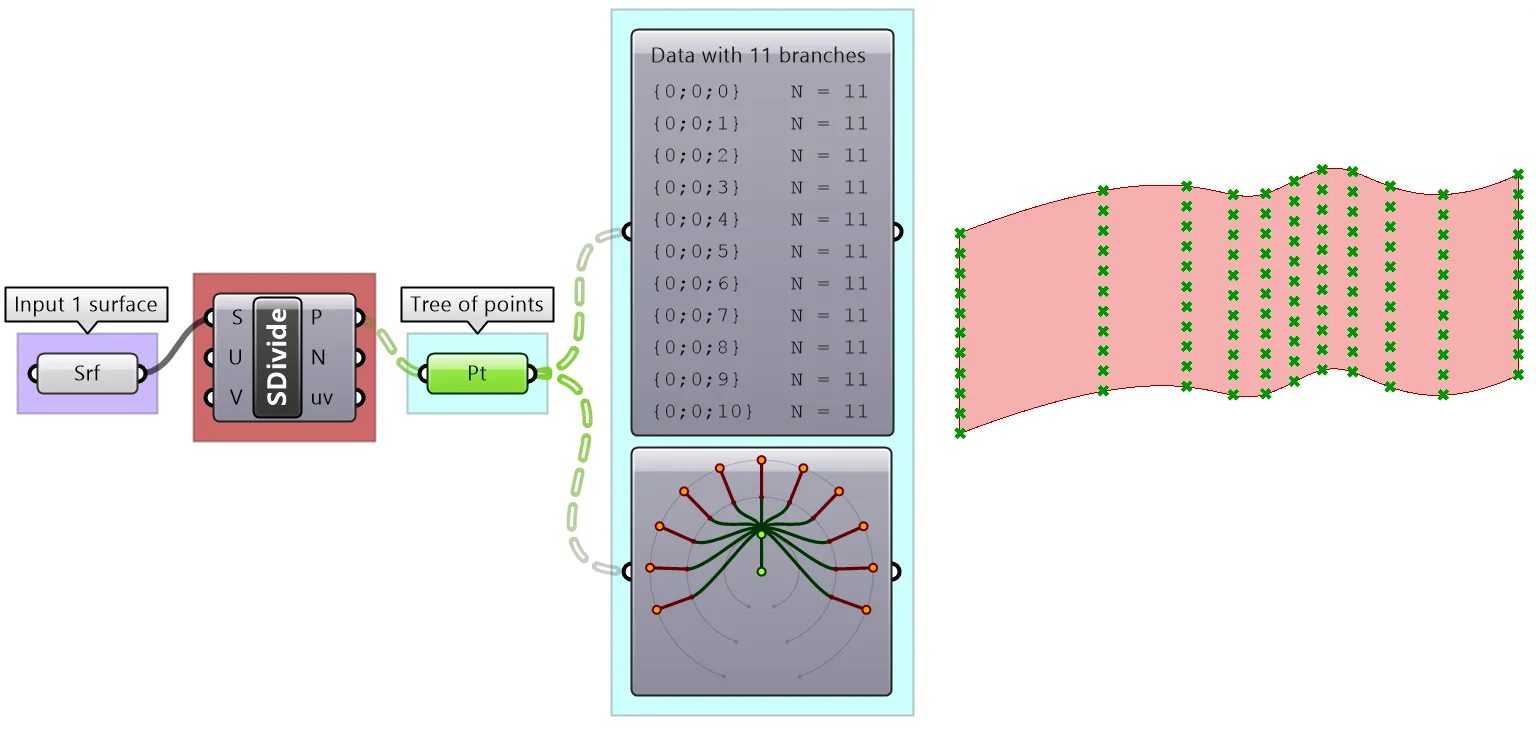
To the uninitiated, Grasshopper’s node-based interface can seem esoteric. Yet it offers something revolutionary: the ability to control design through logic rather than manual iteration. A designer can alter the curve of a tower, the pattern of a façade, or the branching structure of a pavilion by adjusting a few sliders, thanks to the parametric relationships built into the script.
This elegance stems from how data is structured and managed behind the scenes. In traditional CAD workflows, geometry is largely static. In contrast, Grasshopper thrives on dynamic geometry, where components process data much like functions in code. A single line might be duplicated a hundred times along a curve, not through copy-paste, but by feeding the line and curve into a looping logic controlled by lists and tree branches.
This abstract framework not only simplifies complexity, it liberates creativity. Designers can explore hundreds of variations without redrawing anything. But only if they understand the skeleton beneath the skin.

Imagine trying to organize a complex building façade, hundreds of panels, each with its own orientation, perforation pattern, and structural logic. Without structured data, managing these variations would be chaotic. But, in Grasshopper, data trees act as organizational tools, allowing designers to group, sequence, and modify elements with precision.
A data tree in Grasshopper is akin to a spreadsheet with nested tabs. Each branch holds a list of items, points, curves, and surfaces that can be individually accessed or globally transformed. This allows for operations like:
Such methods aren’t academic exercises; they’re applied to real-world projects. Take, for instance, the Bookworm Pavilion in Mumbai, where architecture firm NUDES, led by Nuru Karim, used data structures to generate a responsive wooden structure. The geometry was not modeled manually but emerged from algorithms. Each element was calculated based on spatial, structural, and material constraints encoded as data.

Once the logic is in place, design automation takes it further. Repetitive tasks, like exporting hundreds of layout sheets, baking geometry, or renaming layers, can be handled in seconds. Grasshopper plugins like Elefront and HumanUI enhance this automation, allowing for intuitive interfaces, custom tool creation, and seamless communication with external software.
This becomes particularly powerful in fabrication workflows. In his current role at Branch Technology, Aditya Jain works on automating processes for robotic 3D printing of architectural facades. These aren’t theoretical concepts. They’re physical realities shaped by digital precision. Custom scripts handle data flow from parametric models to machine code, ensuring structural soundness and material efficiency.
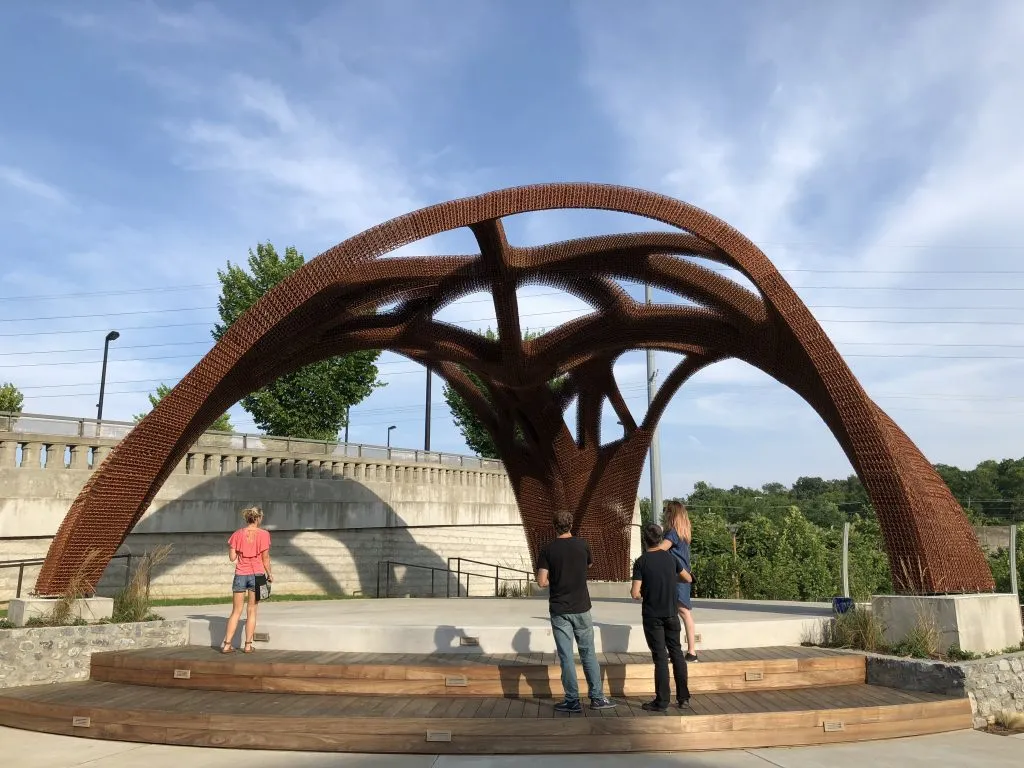
Such workflows are already redefining how architecture interfaces with construction. Instead of architects handing off static drawings, they're now delivering dynamic systems, living models that adapt, compute, and generate.
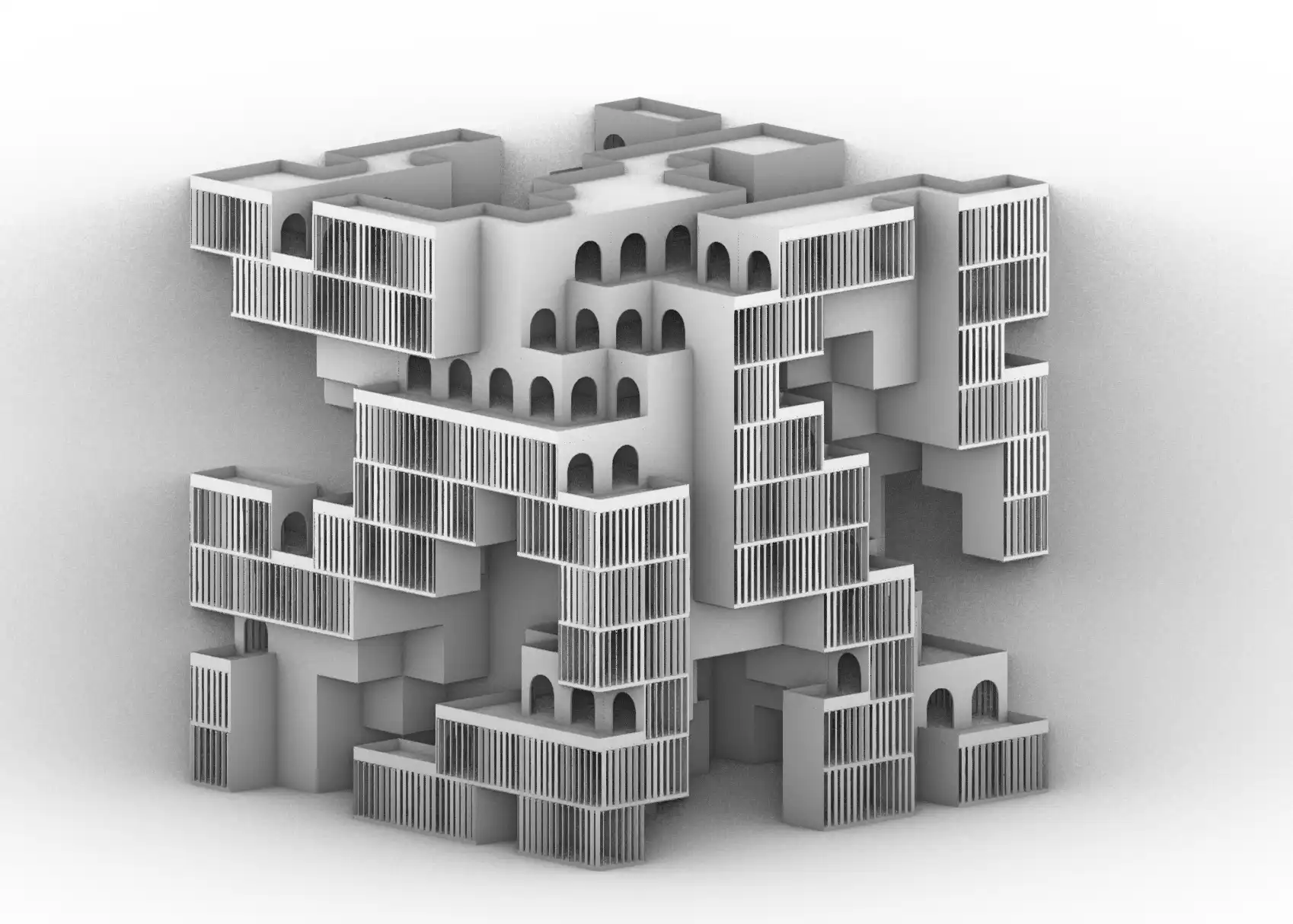
Recognizing the importance of this shift, educational platforms like PAACADEMY are introducing workshops that focus on data structures and automation as core skills for computational designers. Instructors like Jain emphasize not just tool proficiency but mindset transformation: thinking like a programmer, structuring problems logically, and designing solutions that scale.
Participants build mini-projects like pavilions and generative art animations, learn how to create their own custom components, known as .ghuser objects, and design logic networks that automate everything from PDF exports to complex form generation.
The workshops at PAACADEMY are more than tutorials, they are a sandbox for creative exploration. Students experiment with AI-assisted rendering, vote on design paths through poll-based decisions, and walk away with not just a portfolio project but a new way of thinking.
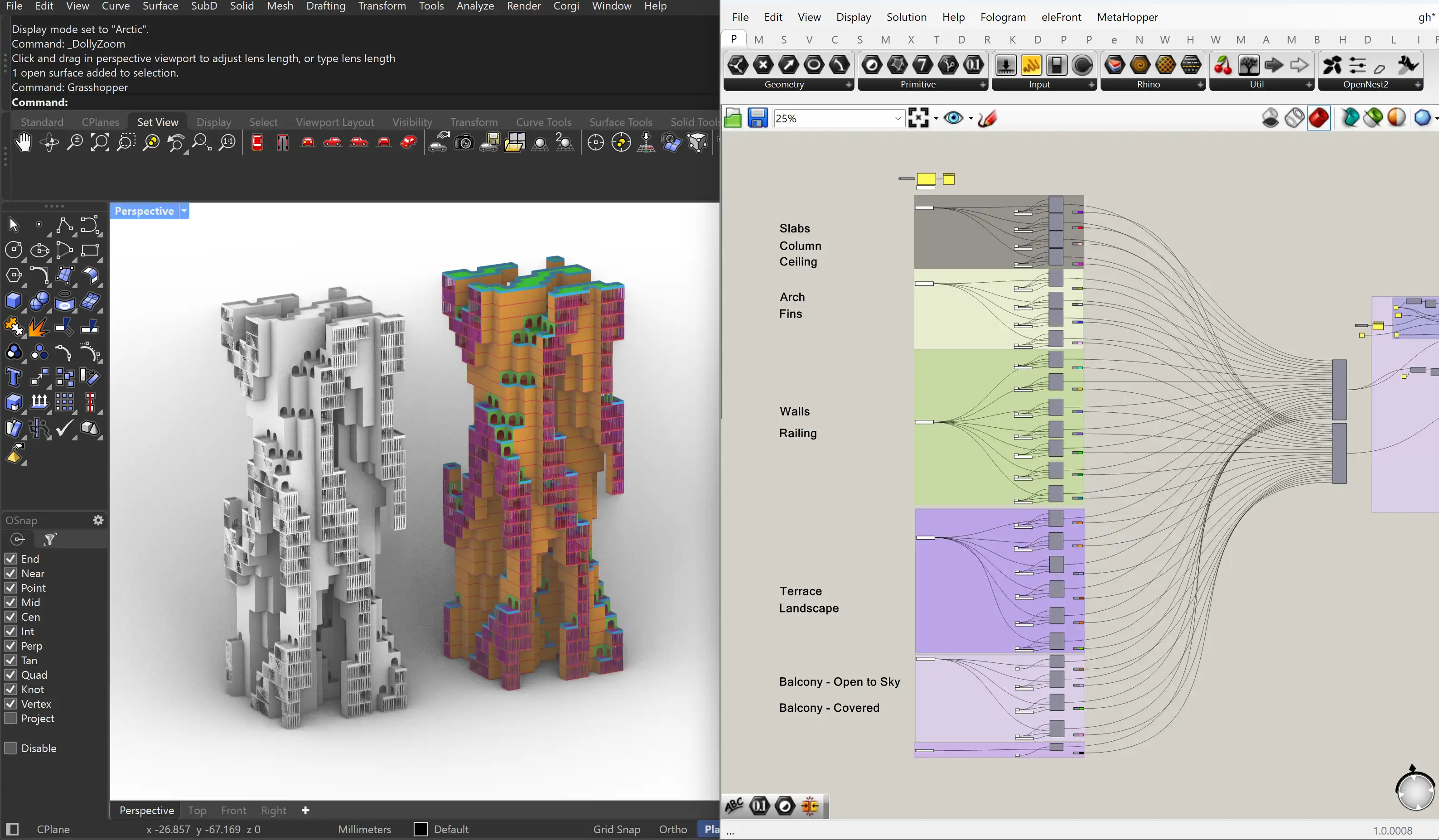
There’s also a more extensive narrative here, one of sustainability through optimization. With automation, designers can simulate, evaluate, and iterate more efficiently, reducing waste in both the digital and physical realms. Data structures enable adaptive design systems that respond to climate, material availability, or user behavior.
Consider how logic-based scripts can generate thousands of iterations of a façade to find the optimal daylighting strategy. Or how automated tools can reduce time spent on documentation, allowing more room for creative exploration and informed decision-making.
The future of sustainable architecture doesn’t just lie in greener materials or energy-efficient systems, it lies in more intelligent workflows.

Grasshopper’s value isn’t confined to architecture. It’s being adopted across industries, from product design and fashion to automotive engineering and robotics. The underlying principles, structured data, logical operations, and generative outputs, are universal.
And that’s the heart of the matter. Design is no longer limited by what the hand can draw. It’s about what the mind can model and the machine can make.
But to tap into that potential, one must speak the language of data structures and harness the power of automation. Grasshopper3D, with its visual coding environment, democratizes this language. And with the right mindset and education, it opens doors to a future where designers don’t just craft objects; they create systems.
From studio to site, screen to structure, the next frontier of architecture is algorithmic. And it all begins with how we manage our data and what we choose to automate.
You must be logged in to comment.